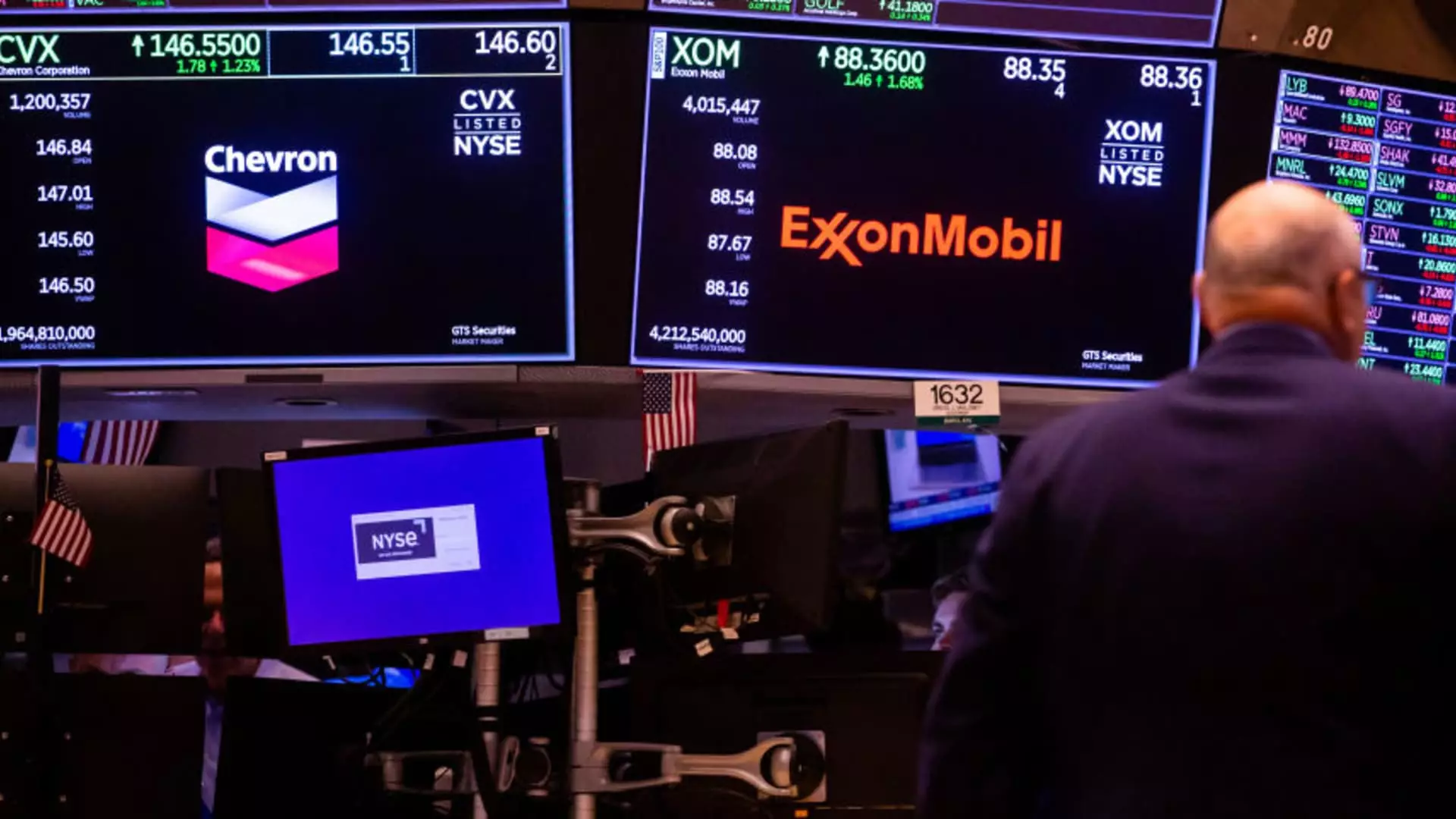Investment Opportunities in High-Dividend Stocks Amid Rate Cuts

The current financial landscape is undergoing significant shifts as the Federal Reserve embarks on its latest rate-cutting cycle, marking the first adjustment in interest rates in four years. This pivotal moment creates an intriguing backdrop for investors, particularly those seeking shelter in high-dividend stocks that provide not just handsome returns but also stability amidst potential economic turbulence.
With the prospect of lower interest rates, dividends become increasingly attractive for investors who are often on the lookout for reliable income streams. Lower rates typically depress yields on fixed-income securities like bonds, forcing yield-seeking investors to explore other avenues. High-dividend stocks, especially those with good fundamentals, shine particularly bright during such financial trends. Stock selections that filter through parameters of robust dividend yields—above 3%—and manageable debt ratios present opportunities for risk-averse investors, strategically positioned to tackle market volatility.
The energy sector has emerged as a formidable contender in the realm of high-dividend stocks. Among the leaders, Exxon Mobil stands out with a commendable dividend yield of 3.37% and a remarkably low debt-to-equity ratio of 16%. Analysts project an impressive potential upside of over 17% for Exxon shares within the next year, aided by a backdrop of strong global operations and a resilient financial structure. Morgan Stanley’s bullish stance on Exxon’s prospects highlights the general analyst sentiment, emphasizing that these major energy firms are equipped to weather fluctuations in commodity prices thanks to their operational scale and financial discipline.
Moreover, ConocoPhillips, with a debt-to-equity ratio of 14% and a dividend yield of approximately 3.66%, has also caught the attention of market experts. These firms are not only seen as reliable income distributors but also as entities poised for capital appreciation amidst changing market dynamics. The challenges facing the energy sector, including worries about an economic slowdown and the correlating demand for crude, may underscore the resilience of these players in delivering solid returns to shareholders.
Other Inviting Dividend Stocks
Outside the energy sphere, a variety of other high-dividend stocks are gaining traction among investors. For instance, Devon Energy offers the highest yield on the list at 5.05%, signaling strong cash generation potential. However, the company has encountered headwinds, with a 11% dip in its shares year-to-date. Analysts have attributed these struggles to operational missteps and integration challenges, indicating the complexities involved in managing growth and performance in natural resource sectors.
Notably, companies like Hewlett Packard Enterprise also warrant attention. With a yield close to 3% and optimistic growth projections, analysts believe that HPE’s stock can rise by upwards of 20% over the next year. Their recent upgrade by Bank of America points to a compelling valuation that seamlessly blends solid dividends with growth potential, making it an attractive option in the tech sector.
Furthermore, the list would not be complete without mentioning financial institutions such as Truist Financial, and companies in commodities like Mosaic, which specializes in phosphate and potash mining. These firms are part of a diversified strategy that can offer stability even when certain sectors demonstrate volatility.
As the Federal Reserve navigates a complex economic landscape with significant rate cuts, high-dividend stocks represent a crucial consideration for investors looking to secure both income and long-term growth. Sifting through the market using tools like stock screeners can help identify solid candidates that not only promise substantial payouts but also exhibit a level of financial prudence in their operations. The likes of Exxon Mobil, ConocoPhillips, and Hewlett Packard Enterprise emerge as prime examples, embodying the dual approach of yield and potential appreciation. By being discerning and informed, investors can strategically position their portfolios to weather volatility while capitalizing on the burgeoning opportunities presented by high-dividend equities.





